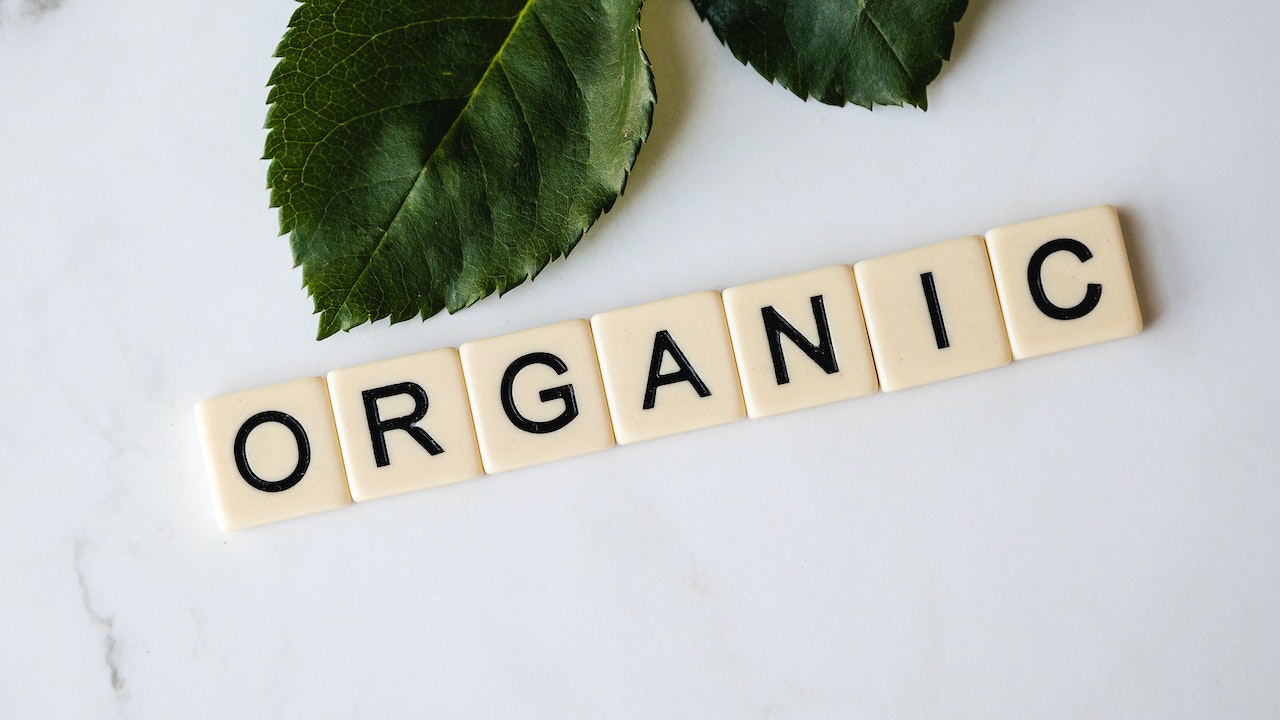
As more customers emphasize maintaining a healthy lifestyle and protecting the environment, the market for organic food items that can be purchased online is expanding. However, you must know the unique rules, expectations, and marketing techniques to penetrate this industry. This book will offer you essential information on selling organic food items, which will assist you in effectively launching and expanding your organic food company.
Understanding Organic Labels
Understanding organic food labels is crucial for attracting and informing consumers. By familiarizing yourself with the different organic labels and their meanings, you can accurately label your products, making it easy for customers to distinguish them from conventional options. Organic labels provide valuable information about the product’s authenticity and adherence to organic standards, which builds trust and credibility with health-conscious buyers. Properly labeled organic food products can effectively communicate their environmental and health benefits, encouraging consumers to make informed choices and contributing to the overall growth of the organic food market.
Identifying Your Target Market
Organic food sales need to know your target demographic. Organic food’s nutritious content and lack of additives appeal to health-conscious consumers. Organic farming reduces chemicals and promotes biodiversity, which appeals to these customers who respect sustainability. This population also values fair trade and animal welfare. Thus, knowing these key values can inspire product development to meet customer requests and marketing techniques to convey product advantages that connect with your target audience’s values and motivations.
Setting Competitive Pricing
Indeed, in the highly competitive organic food industry, pricing is a major factor. Your pricing plan must find a happy medium between the premium customers willing to pay for organic food because of its perceived higher quality and ethical reasons and the cost of production. It should accurately represent the value and quality of your offerings without driving away prospective buyers with exorbitant prices. Therefore, it is crucial to do extensive market research to learn the going rate for items like yours and determine the range of prices that would be acceptable to your target clients. Within this range, you can attract and keep clients at prices that won’t break the bank for your organic food company.
Developing Effective Marketing Strategies
Effectively marketing organic goods requires highlighting their distinct advantages over conventional foods. Organic foods’ flavor, nutritional value, and lack of pesticides and chemicals are frequently its selling features. Organic farming protects soil, reduces pollution, and preserves biodiversity. Fairtrade and animal welfare can also appeal to customers. These essential elements on product labels, advertising materials, and digital marketing platforms can explain your brand’s narrative and appeal to your target market’s values. Social media, email newsletters, and SEO-optimized blog entries can expand your audience and build a devoted consumer base.
Ensuring High-Quality Packaging
Organic food items are more likely to be purchased if they are attractively packaged. It has to look nice, but it must also adhere to the values people associate with buying organic and being environmentally conscientious. Many people who favor organic goods also value the ability to purchase such items in environmentally friendly packaging. They favor packaging that can be readily recycled or composted, is created from renewable resources, or has little environmental impact. Consequently, going green with your packaging is a great way to demonstrate your company’s values, appeal to customers who share those values, and justify the higher cost of your organic goods.
Staying Updated with Industry Trends
Innovation, customer preferences, and regulatory changes drive the organic food sector, making it important to follow industry developments. Market research can assist you in predicting customer behavior and adjusting your company plans. Examples are attending industry events, watching new goods, and engaging in relevant online forums and debates. Keep abreast with regulatory changes to maintain organic certification. Keep an eye on your competitors to learn about effective marketing methods, product development trends, and pricing strategies to stay ahead.
Building Strong Supplier Relationships
Your company relies on strong organic supplier connections. These ties guarantee a consistent supply of organic components and allow you to negotiate better bargains and bulk buy discounts, improving your cost structure. A good relationship with your suppliers can help you maintain high standards and quickly resolve concerns. Strong supplier relationships guarantee improved transparency in the organic food market, which helps maintain the organic label. Suppliers can favor enterprises with good partnerships in supply chain disruptions or product shortages, adding protection to their operations.
Conclusion
Selling organic food products can be rewarding, given the growing consumer demand for healthy and sustainable options. However, it requires a thorough understanding of organic labels, market identification, competitive pricing, effective marketing, quality packaging, industry trends, and supplier relationships. By focusing on these key aspects, businesses can successfully navigate the organic food market, offering consumers high-quality products that align with their values and needs while building a profitable and sustainable business. Remember, selling organic food products isn’t just about business growth; it’s about contributing to a healthier planet and promoting sustainable and ethical consumption habits.


